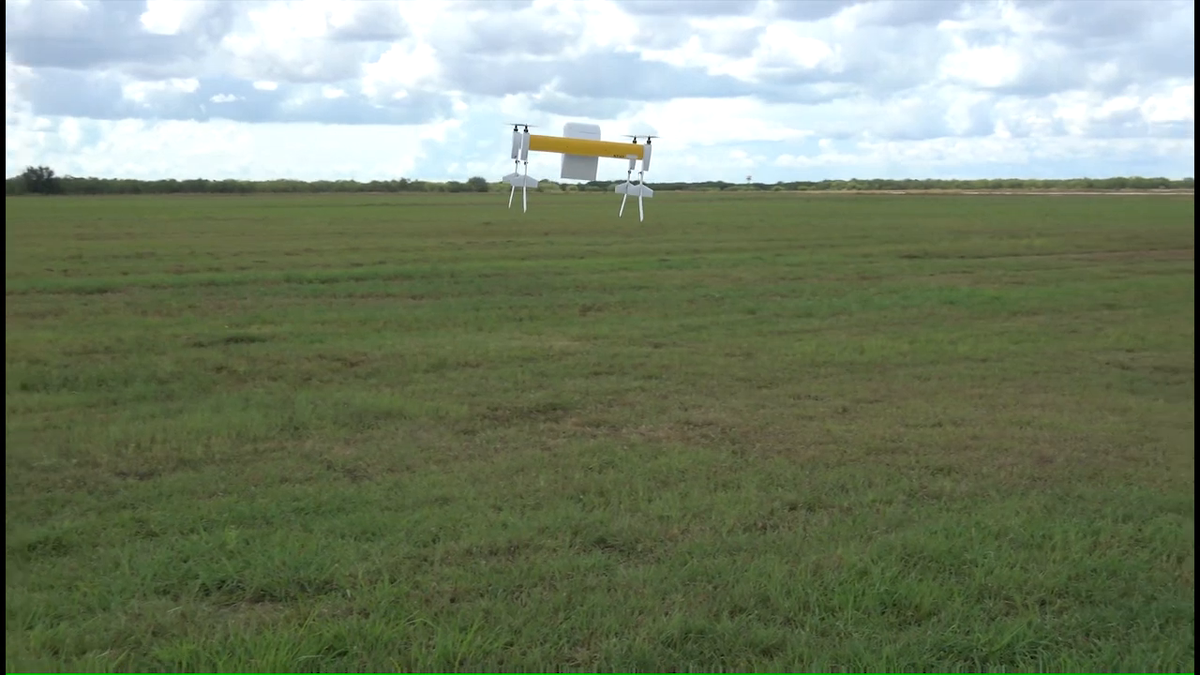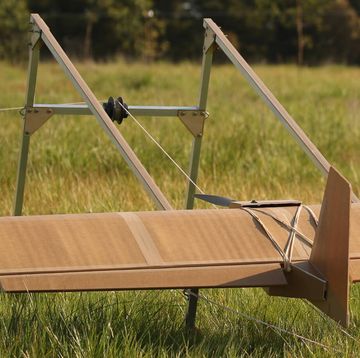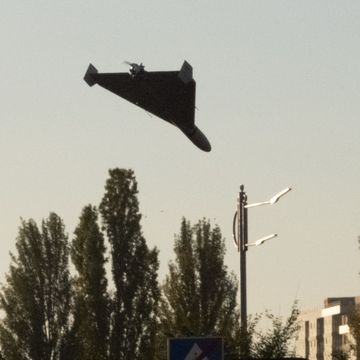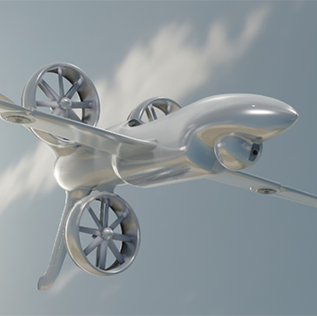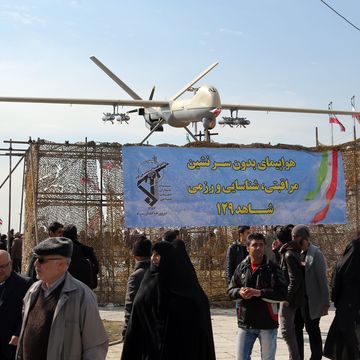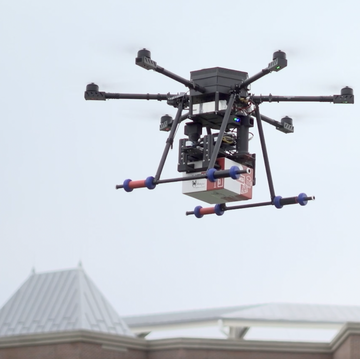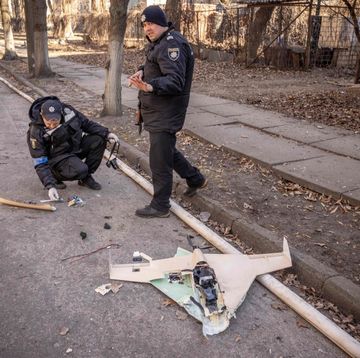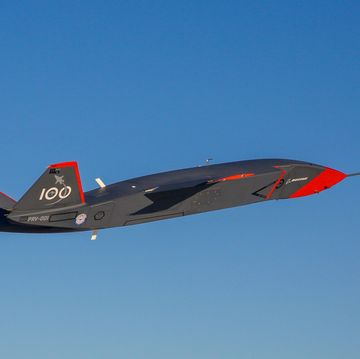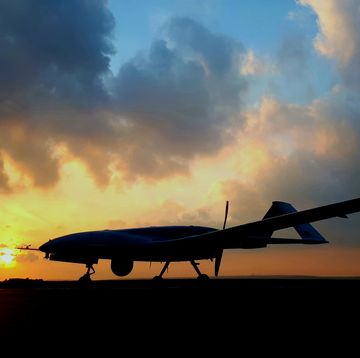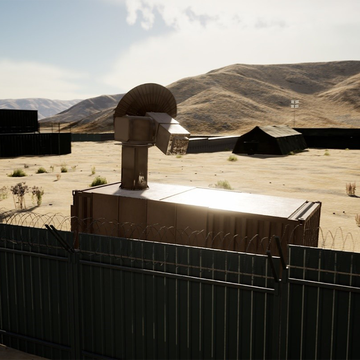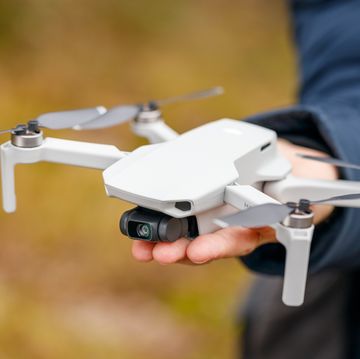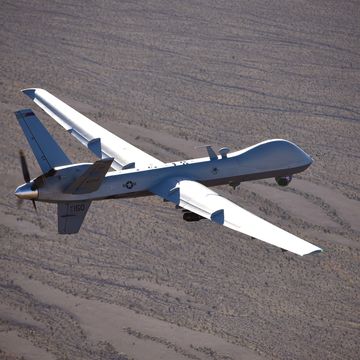Urban warfare demands close-quarters combat, which often begs for a more subtle approach to military machinery. Medevac helicopters, a soldier's lifeline on the battlefield, are but hindrances in an urban setting. Narrow alleyways and wide rotors don't mix.
AirMule, an unmanned flying ambulance capable of vertical takeoff and landing in extremely close quarters, has been in development for a few years. When the Israeli firm Urban Aeronautics released its initial concept art in 2008, it was easy to dismiss those futuristic, colorful pods out of hand. But last month, Urban Aeronautics announced that AirMule had successfully completed a series of fully automatic test flights.
The current incarnation of AirMule is drab and car-shaped, with enclosed rotors that keep the hovercraft aloft. These recent test flights revealed that AirMule is significantly quieter—and stealthier—than a helicopter, and capable of landing in tight spaces with ease.
Urban Aeronautics hopes that its unmanned hovercraft will serve not only military medics but also their civilian counterparts. Unmanned flying ambulances could rescue patients injured by natural disasters, or deliver food and supplies to isolated populations. The single aircraft cost $2.5 million to build, and another prototype is due to appear later this year. Urban Aeronautics plans to release its first ambulance drone before 2020, pending additional test flights and increased demand from buyers.
AirMule requires neither runway nor helipad, but only future test flights can determine whether the hovercraft is battle-ready.

